Tech News
Apple Watch Series 10 vs. Samsung Galaxy Watch 7: Which Non-Ultra Smartwatch Is Better?
Quick Links
Key Takeaways
The new Watch Series 10 is not just thinner than its predecessor, it offers a couple of additional features. Bit Apple's non-ultra smartwatch competes directly with Samsung's Galaxy Watch 7. So, which is better? Let's find out.
The Watch Series 10 and the Galaxy Watch 7 are built differently from the ground up. Although both companies offer their smartwatch in an aluminum casing, the Apple Watch has a rectangular screen, while the Galaxy Watch has a circular screen. As with its pricier Ultra 2 model, Apple also offers the Watch Series 10 with a titanium case (in Slate, Gold, and Natural finishes).
Both the smartwatches are available in two sizes. The Watch Series 10, for instance, comes in 42mm and 46mm sizes, both of which are 0.38 inches (9.7mm) thick. On the other hand, the Galaxy Watch 7 is available in 40mm and 44mm variants, which are slightly smaller (but equally thick).
While the lightest Apple Watch happens to be the 42mm variant with GPS + Cellular connectivity (weighing 1.03oz), Galaxy Watch 40mm variants are even lighter (at 1.01oz).
Variants and dimensions aside, the Watch Series 10 continues to have rounded edges that blend into the frame, while the Galaxy Watch 7 has a flat-glass display. On the Apple Watch, you get a Digital Crown and a side button, whereas the Galaxy Watch offers two side buttons.
Protecting the Series 10 screen is a new Ion-X front glass on the aluminum model and sapphire crystal glass on the titanium model. Samsung's counterpart also ships with a sapphire crystal glass front (which debuted on the Galaxy Watch 5), which makes it more of a norm among flagship smartwatches (except the Pixel Watch 3).
Regarding durability, the Watch Series 10 is water-resistant up to 50m, making the smartwatch swimproof. This time, the regular Apple Watch is also fit for shallow diving (6m depth), a welcome addition over its predecessor. Further, the smartwatch features an IP6X dust resistance rating.
The Galaxy Watch 7 takes things to a different level. It features multiple ratings, including a 5 ATM water resistance rating, an IP68 rating, and a MIL-STD-810H military-grade certification for optimum performance in harsh environmental conditions.
The Watch Series 10 Has a Bigger Display
Given that the Watch Series 10 has a rectangular screen, it is better at displaying content like messages or notifications (that show up in the form of lines). That is not to say that the Galaxy Watch 7 isn't good, as both its variants feature large enough screens for day-to-day update tracking.
Dishing out the numbers, the Watch Series 10 comes in two screen sizes: the 42mm variant has a 1.89 inch screen, and the 46mm variant has a 2.04 inch screen. On the other hand, the Galaxy Watch 7 has a significantly smaller screen estate. The 40mm version has a 1.3 inch screen, while the 44mm variant has a 1.5 inch screen.
Even though both smartwatches sport an equally bright panel, the Watch Series 10 features LTPO3 technology, which allows its screen to refresh once every second (thanks to a 1Hz minimum screen refresh rate), even in always-on mode.
Further, Apple claims that the watch is slightly brighter than its predecessor when viewed at an angle. Apart from this, both smartwatch screens have a similar resolution. The Galaxy Watch 7, however, retains the rotating bezel functionality (without the physically moving bezels).
Both Smartwatches Excel at Fitness Tracking
At its core, the Watch Series 10 runs on the new S10 SiP, which features a dual-core processor, a four-core Neural Engine, and 64GB of storage capacity. The smartwatch also sports almost all the sensors you can think of, including electric and optical heart rate sensors, a temperature sensor, and a blood oxygen sensor (still disabled, by the way).
You also get two new pieces of hardware: a depth gauge and a water temperature sensor. These come in handy for activities like snorkeling.
This year, the Apple Watch features sleep apnea detection (FDA-approved), a disorder in which breathing becomes irregular during sleep. Then there's the new Vitals app, which tracks all the health-related metrics during sleep and provides a comprehensive overview in one place.
With watchOS 11, you can also pause the activity rings on your Apple Watch in case you need to take a break. The rings can also be set differently for different days in a week. Another new feature, Training Load, helps you determine the intensity of your workout. Speaking of workouts, the app on watchOS 11 has new exercise types with route maps, like Golf, Snowboarding, Downhill Skiing, and more.
Even though the Watch Series 10 features a host of health-monitoring features, the Galaxy Watch 7 offers a few more tricks. Based on the Exynos W1000 chip, the smartwatch has a functioning blood oxygen sensor and also offers sleep apnea detection. Team Samsung also gets access to a few additional features on Wear OS 5.0, like the advanced glycation end products (AGEs) index, which is a metabolism indicator.
Like the previous models, the Galaxy Watch 7 flaunts Samsung's BioActive Sensor, which helps estimate your body composition. The Korean tech giant has also equipped its smartwatch with two AI-based features: Energy Score and Wellness Tips. If you have a Samsung smartphone, the smartwatch can even detect snoring. However, you get less storage on the device: 32GB.
Features like built-in GPS, ECG, crash detection, emergency calls, and general activity tracking (steps, distance, calories) are standard on both smartwatches. However, the Watch Series 10 features ultra-wideband technology for precision tracking, something that the Galaxy Watch 7 misses out on.
Even though Apple has made advancements in fitness-related features, it hasn't been able to improve the battery life of the regular Apple Watches. The Watch Series 10 lasts only 18 hours of normal use and up to 36 hours in Low Power Mode.
The Galaxy Watch 7 can last up to 30 hours with always-on display enabled and up to 40 hours with the feature disabled. Nonetheless, both devices feature fast charging via the wireless puck provided in the box.
The Base Series 10 Costs $100 More
The Apple Watch Series 10 is available for $399 for the aluminum variant with GPS connectivity and $499 for GPS and cellular connectivity. The 46mm variant starts at $429 for the GPS-only version and $529 for the cellular version. If you're eyeing the smartwatch with titanium casing, you'd have to shell out $699 for the 42mm variant and $749 for the 46mm variant.
The Galaxy Watch 7's 40mm version costs $299 for the Bluetooth version and $349 for the cellular version. At the same time, the 44mm is listed at $329 for the Bluetooth-only version, while the one with cellular connectivity costs $379
If you're constantly checking notifications on your smartwatch, the Watch Series 10 could be a better option due to its considerably larger display. It also offers all the fitness-tracking features except for blood oxygen tracking. Of course, you need an iPhone.
However, if you prefer classic round-dial watches and wish to have a sleeker timepiece on your wrist, you can't go wrong with a Galaxy Watch 7. It also offers a couple of additional features and a better battery life than the Apple Watch.
Naturally, some Wear OS 5.0 features are locked to Samsung smartphones, so keep that in mind before you make a decision. Ecosystem is arguably the biggest decider here, so we'll make it easy: own an iPhone? Get the Series 10. Got a Samsung device? The Galaxy Watch 7 is for you.
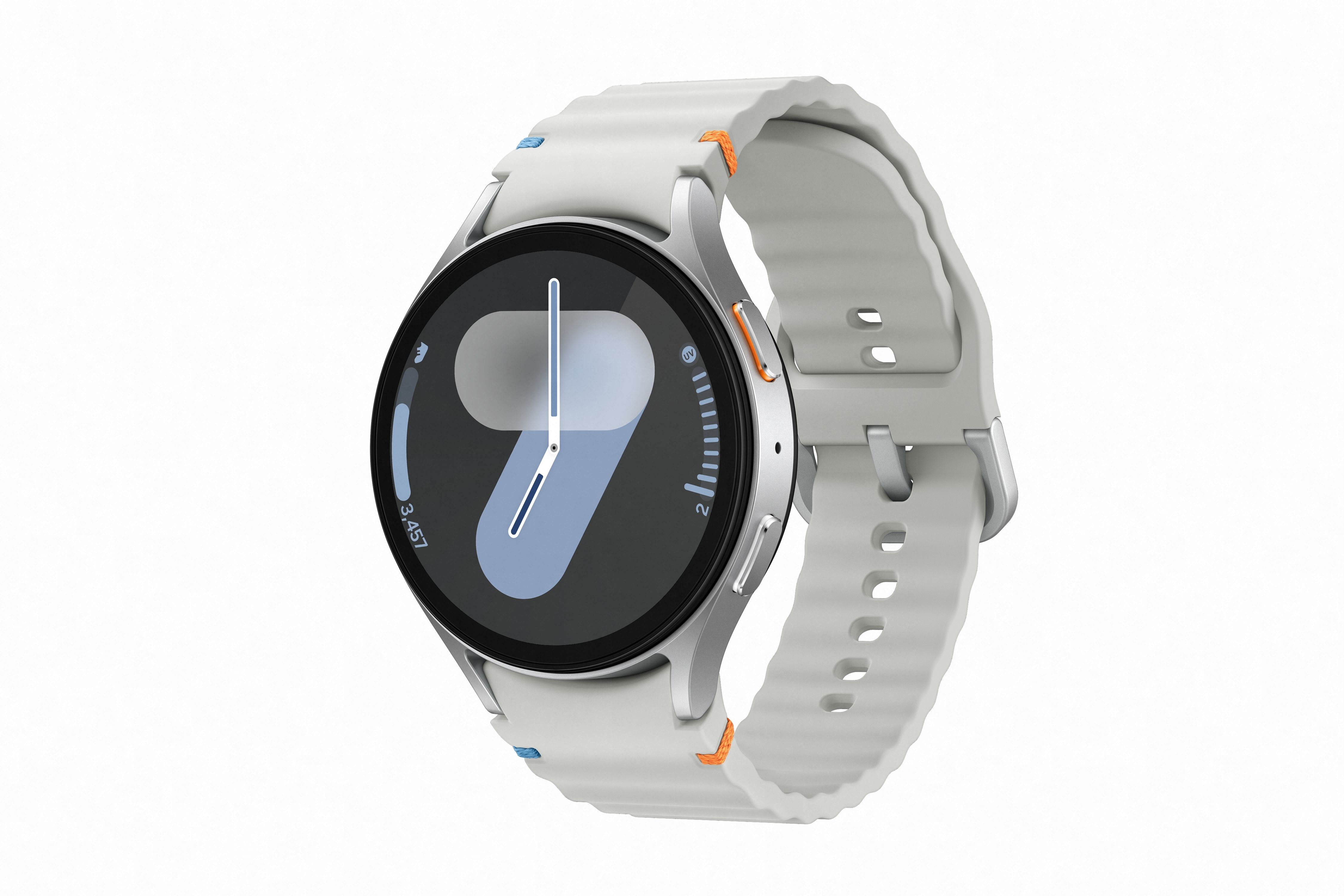
Samsung Galaxy Watch 7
$330 $350 Save $20
The Samsung Galaxy Watch 7 is Samsung's entry-level smartwatch for 2024. It resembles the Galaxy Watch 6 but features an enhanced Exynos W1000 chipset, promising significantly improved battery life and performance.
$300 at Samsung See at Verizon $330 at Amazon See at Best Buy
When you subscribe to the blog, we will send you an e-mail when there are new updates on the site so you wouldn't miss them.


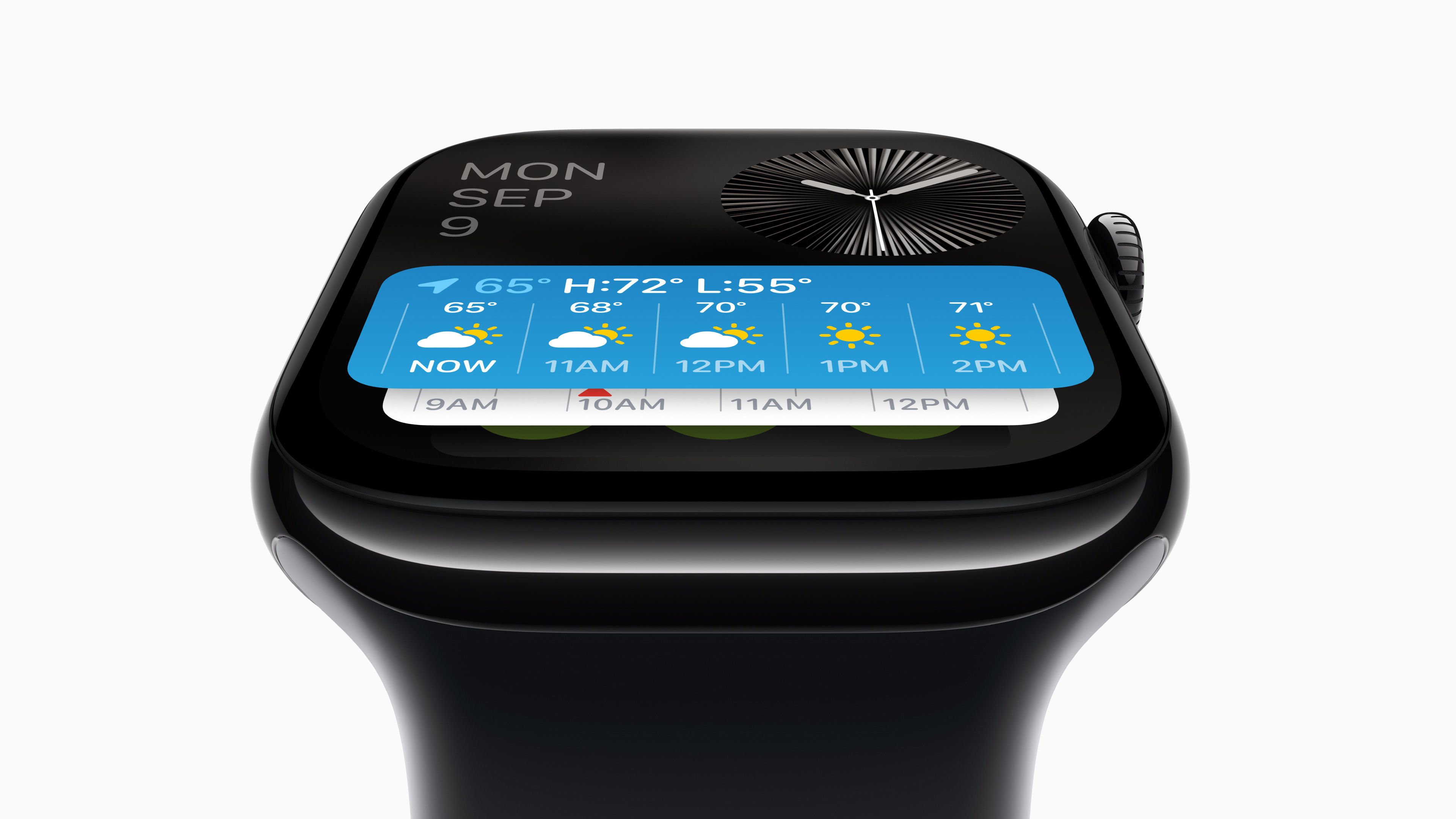 Apple
Apple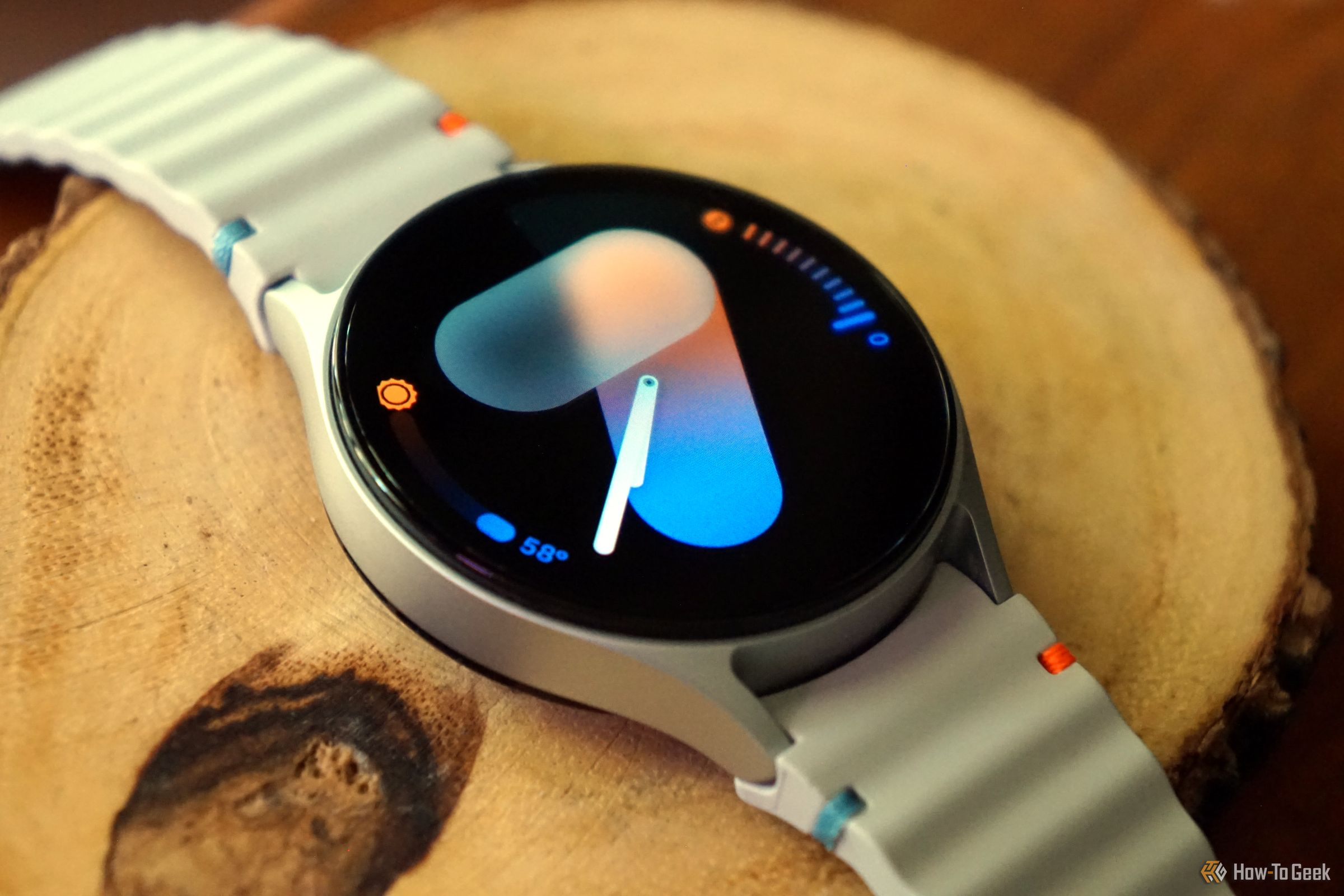 Joe
Fedewa
/
How-To
Geek
Joe
Fedewa
/
How-To
Geek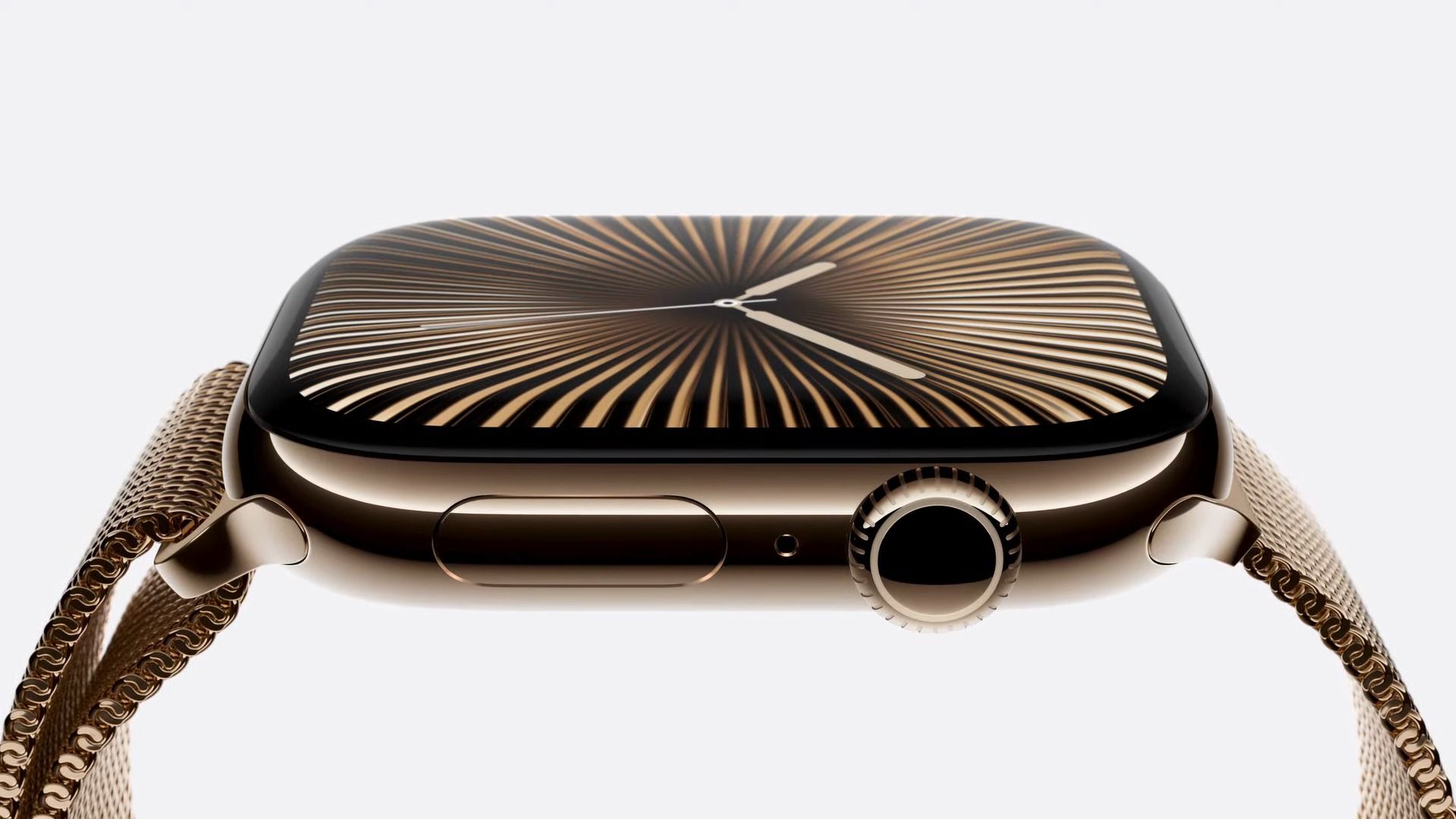 Apple
Apple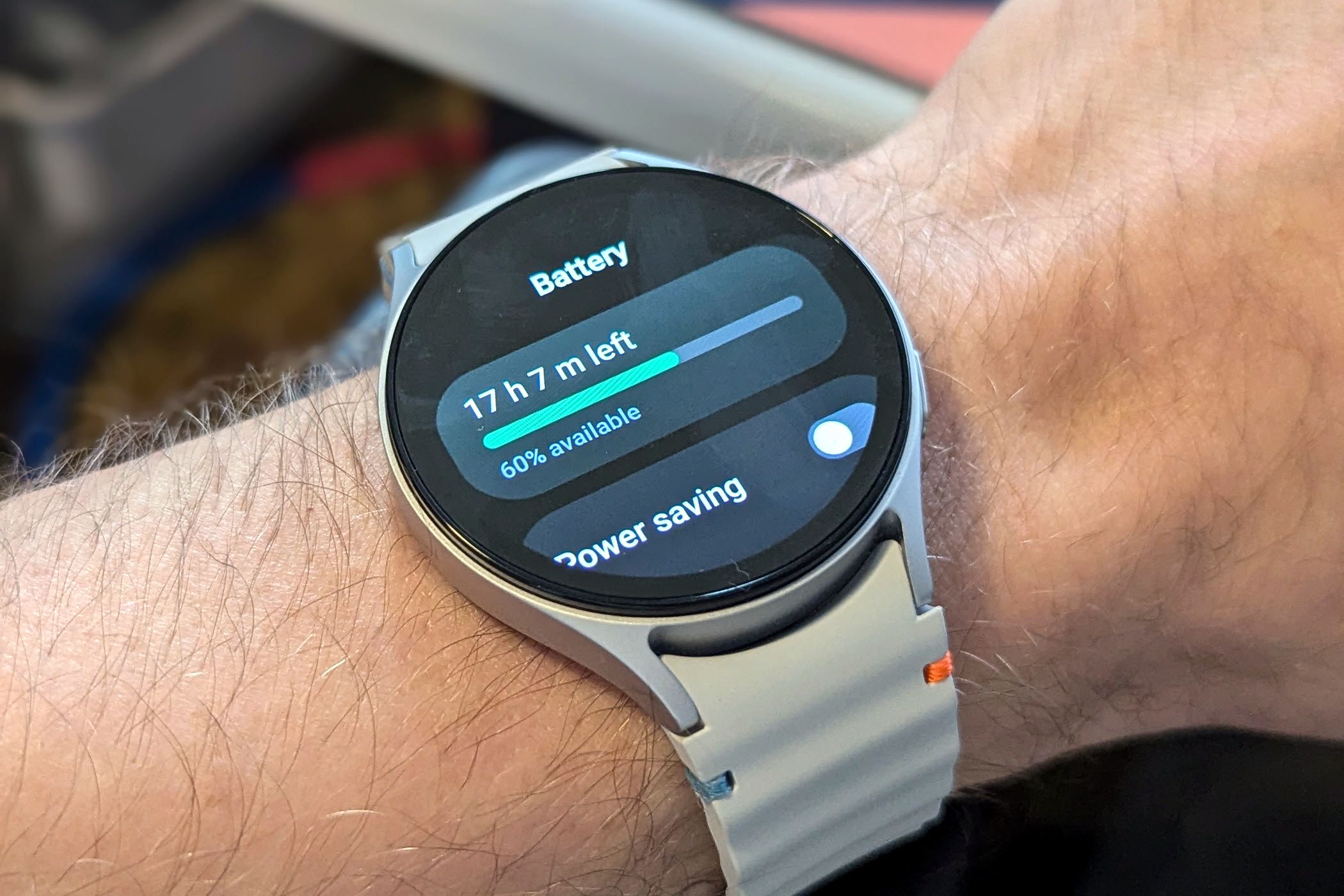 Joe
Fedewa
/
How-To
Geek
Joe
Fedewa
/
How-To
Geek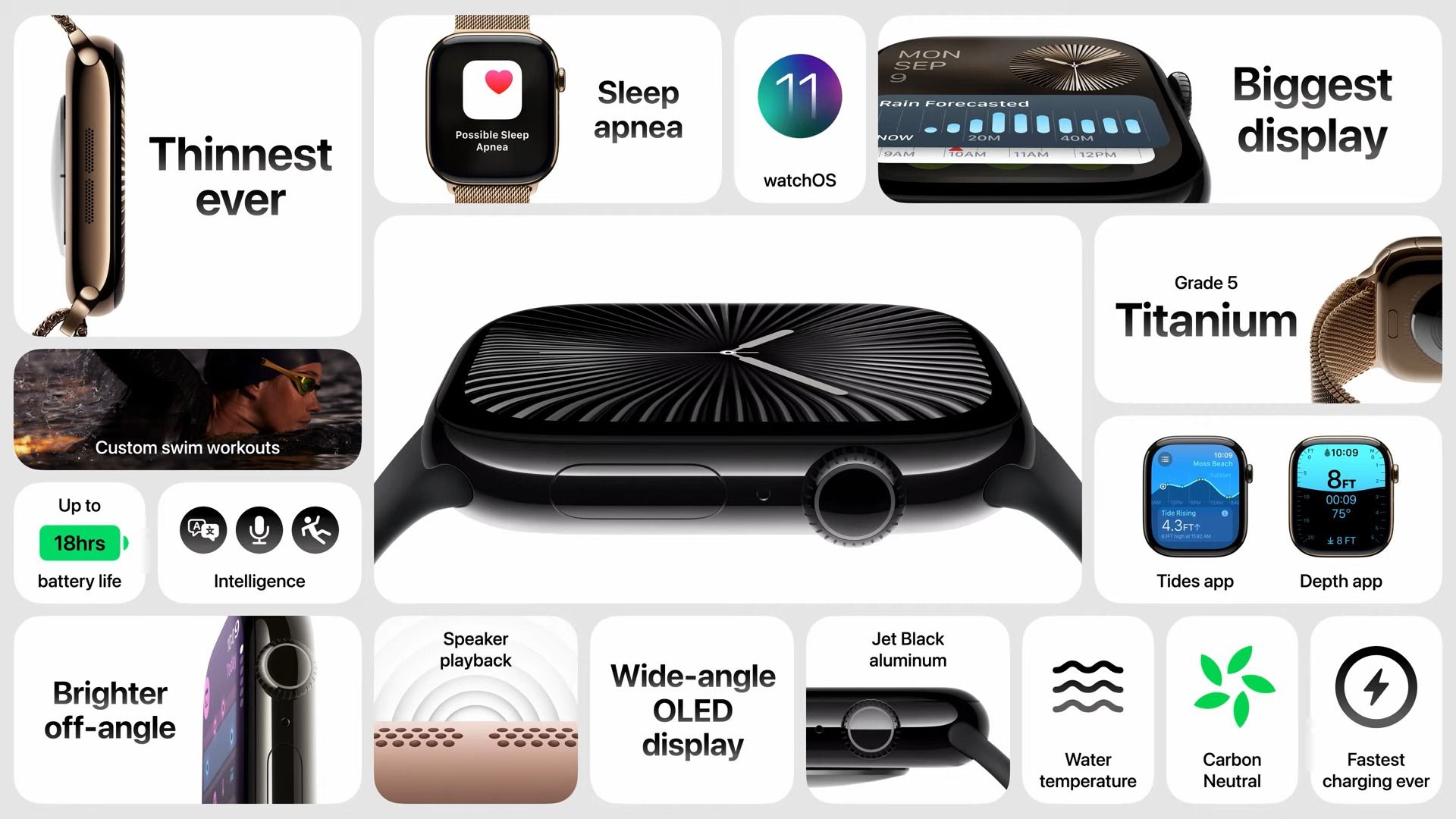 Apple
Apple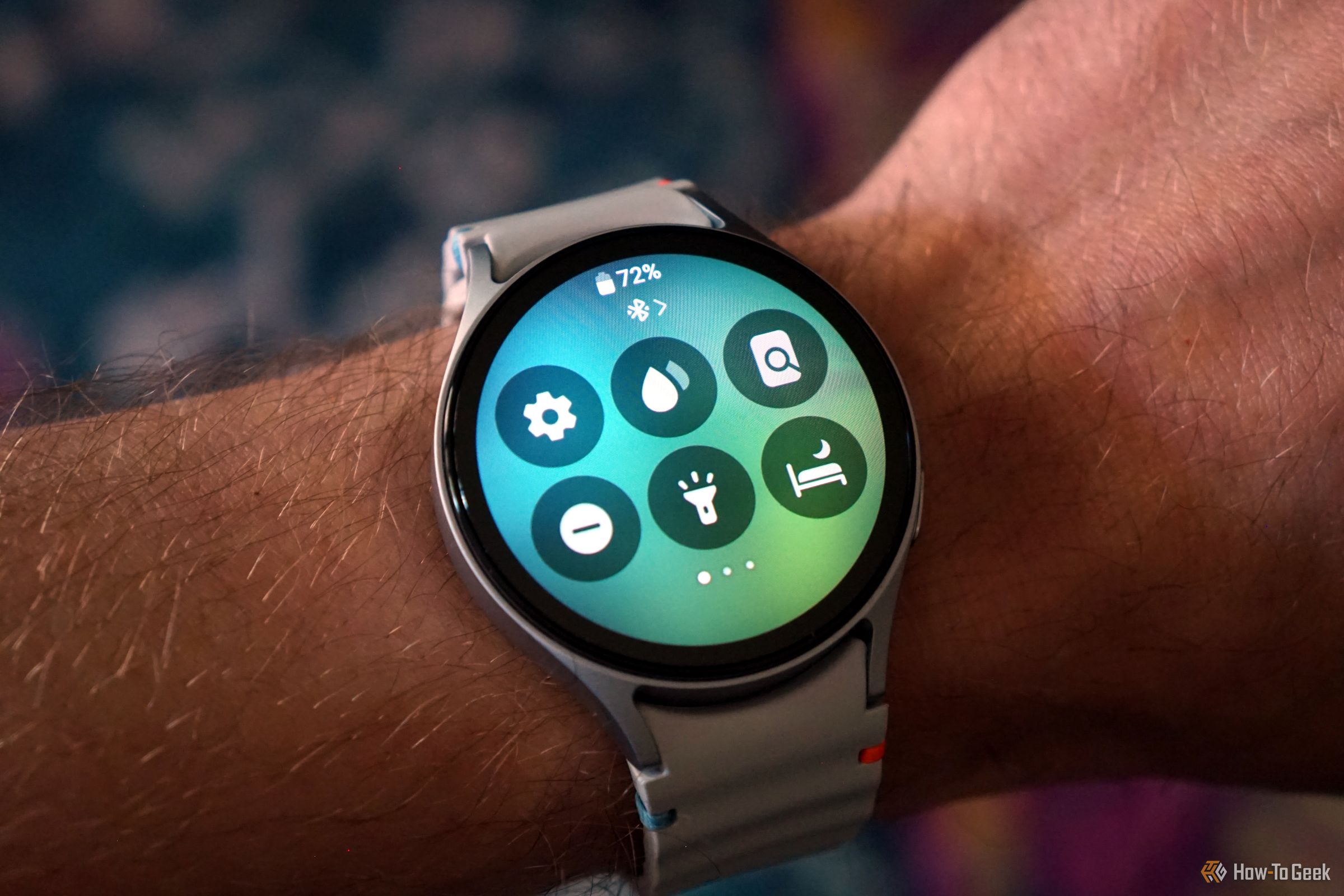 Joe
Fedewa
/
How-To
Geek
Joe
Fedewa
/
How-To
Geek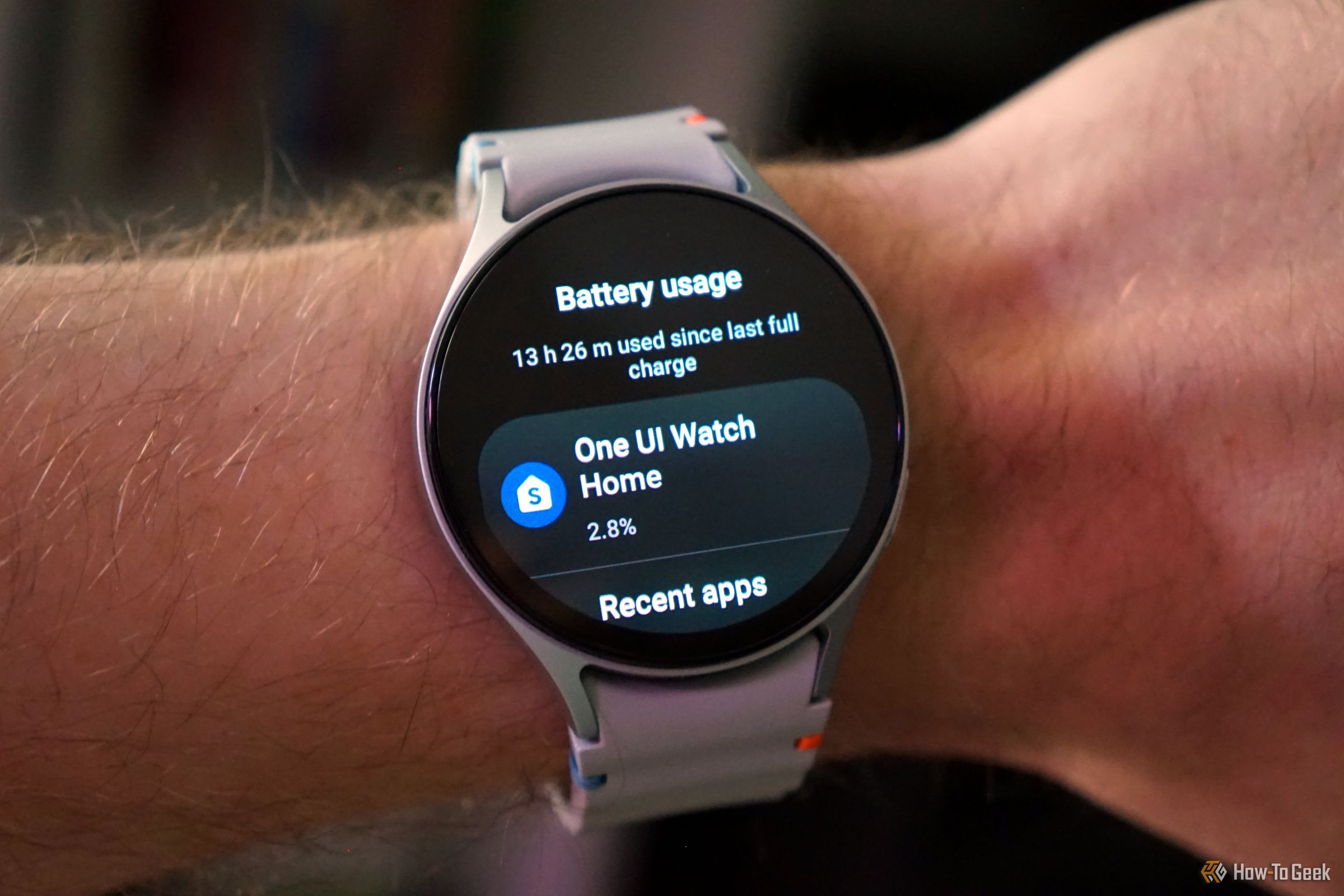 Joe
Fedewa
/
How-To
Geek
Joe
Fedewa
/
How-To
Geek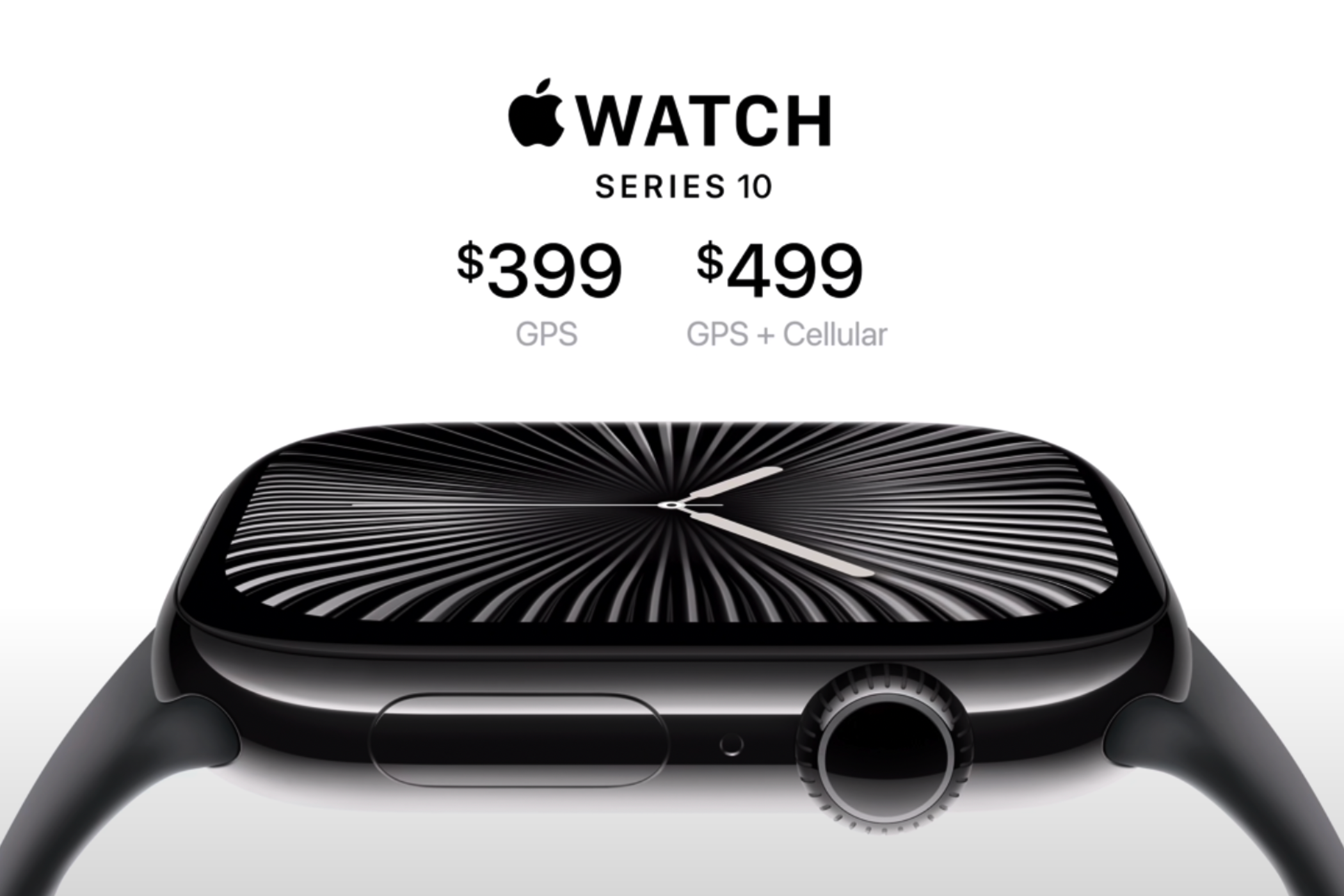 Apple
Apple
Comments